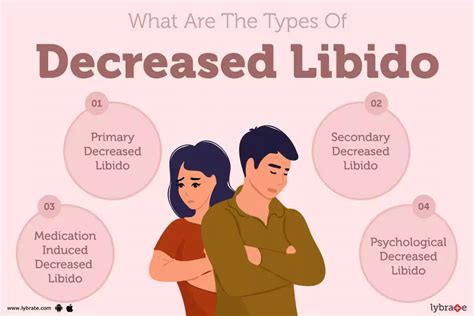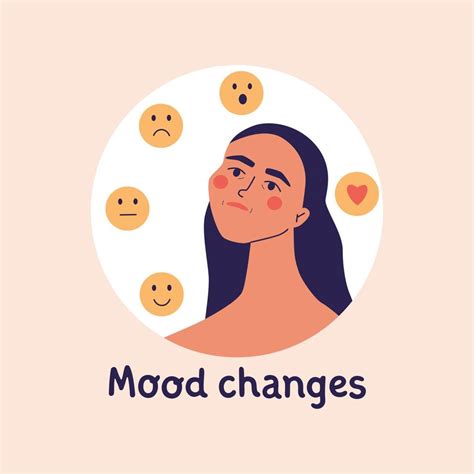Intro
Discover the surprising signs of low testosterone in women. Learn how hormonal imbalance can cause fatigue, weight gain, and low libido. Identify the 5 key symptoms, including mood swings, thinning hair, and decreased muscle mass. Understand the impact of low testosterone on womens health and explore treatment options.
Low testosterone in women is a common condition that can significantly impact their quality of life. While testosterone is often associated with men, women also produce this hormone, albeit in smaller amounts. Testosterone plays a crucial role in regulating various bodily functions, including libido, energy, and bone density. When testosterone levels drop, women may experience a range of symptoms that can be debilitating and affect their overall well-being.
In this article, we will explore the 5 signs of low testosterone in women, its causes, and treatment options. We will also discuss how to diagnose and manage this condition to improve the quality of life for women affected by low testosterone.
What is Low Testosterone in Women?
Testosterone is a hormone produced by the ovaries and adrenal glands in women. It is essential for maintaining bone density, libido, and overall health. Low testosterone, also known as hypogonadism, occurs when the ovaries or adrenal glands do not produce enough testosterone. This condition can affect women of all ages, but it is more common in women over 40.
Sign #1: Decreased Libido

One of the most common signs of low testosterone in women is decreased libido. Women with low testosterone may experience a decrease in their sex drive, making it challenging to become aroused or experience pleasure during sex. This can lead to a strained relationship with their partner and affect their overall quality of life.
Sign #2: Fatigue and Low Energy
Women with low testosterone may experience persistent fatigue and low energy levels. This can make it challenging to perform daily tasks, exercise, or engage in activities they once enjoyed. Fatigue can also lead to mood changes, irritability, and depression.
Sign #3: Weight Gain and Body Composition Changes

Low testosterone in women can lead to weight gain, particularly in the midsection. This can increase the risk of developing conditions like insulin resistance, type 2 diabetes, and cardiovascular disease. Women may also experience changes in body composition, including a decrease in muscle mass and an increase in body fat.
Sign #4: Osteoporosis and Bone Loss
Testosterone plays a crucial role in maintaining bone density. Women with low testosterone may experience osteoporosis and bone loss, increasing their risk of fractures and osteoporotic fractures. This can lead to a range of complications, including chronic pain, disability, and a decreased quality of life.
Sign #5: Mood Changes and Depression

Low testosterone in women can lead to mood changes, including depression, anxiety, and irritability. Women may experience mood swings, decreased motivation, and a lack of interest in activities they once enjoyed.
Causes of Low Testosterone in Women
Several factors can contribute to low testosterone in women, including:
- Aging: Testosterone levels naturally decline with age.
- Menopause: Menopause can lead to a decrease in testosterone production.
- Ovarian dysfunction: Women with ovarian dysfunction, such as polycystic ovary syndrome (PCOS), may experience low testosterone.
- Adrenal gland disorders: Disorders affecting the adrenal glands, such as Cushing's syndrome, can lead to low testosterone.
- Medications: Certain medications, such as steroids and opioids, can decrease testosterone production.
Diagnosing Low Testosterone in Women
Diagnosing low testosterone in women involves a combination of physical examination, medical history, and laboratory tests. A healthcare provider may perform the following tests:
- Blood tests: To measure testosterone levels and rule out other conditions.
- Physical examination: To assess overall health and look for signs of testosterone deficiency.
- Medical history: To determine if there are any underlying medical conditions contributing to low testosterone.
Treatment Options for Low Testosterone in Women
Treatment for low testosterone in women depends on the underlying cause and severity of symptoms. Treatment options may include:
- Hormone replacement therapy (HRT): To replace testosterone and other hormones.
- Medications: To treat underlying medical conditions contributing to low testosterone.
- Lifestyle changes: To improve overall health and increase testosterone production.
Conclusion
Low testosterone in women is a common condition that can significantly impact their quality of life. By recognizing the 5 signs of low testosterone, women can seek medical attention and receive proper treatment. If you are experiencing any of these symptoms, consult with your healthcare provider to determine the best course of treatment.
Frequently Asked Questions
What are the symptoms of low testosterone in women?
+The symptoms of low testosterone in women include decreased libido, fatigue, weight gain, osteoporosis, and mood changes.
How is low testosterone in women diagnosed?
+Low testosterone in women is diagnosed through a combination of physical examination, medical history, and laboratory tests.
What are the treatment options for low testosterone in women?
+Treatment options for low testosterone in women include hormone replacement therapy, medications, and lifestyle changes.
We hope this article has provided you with a comprehensive understanding of low testosterone in women. If you have any further questions or concerns, please don't hesitate to comment below.

